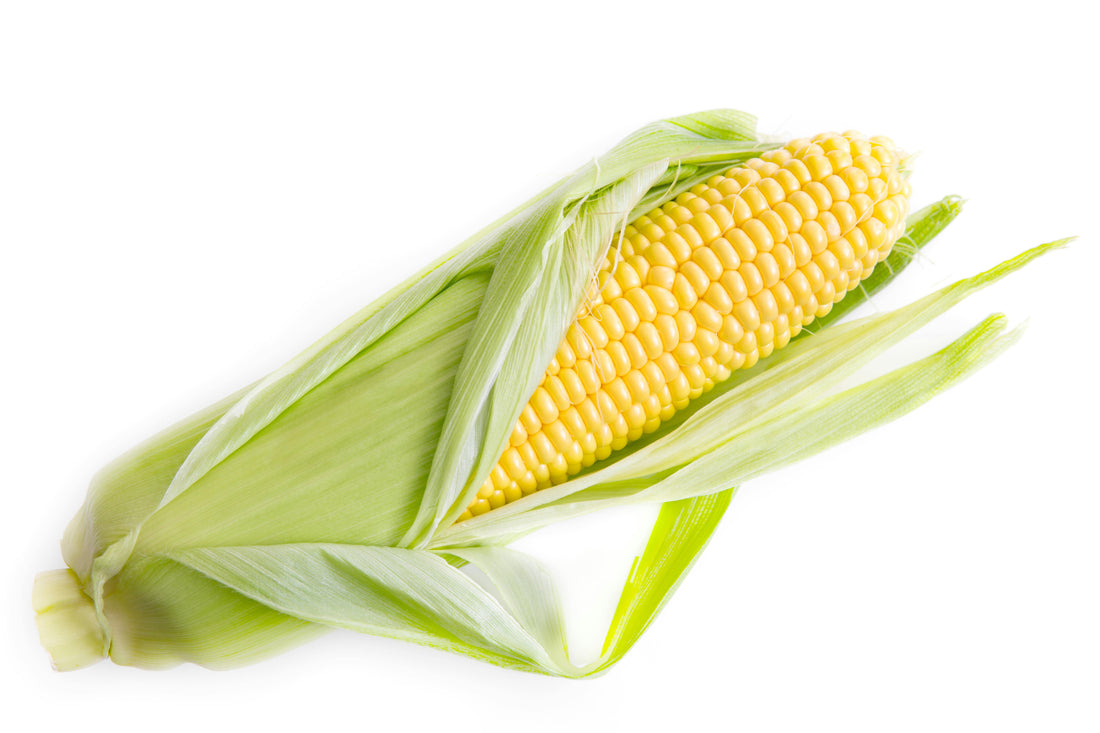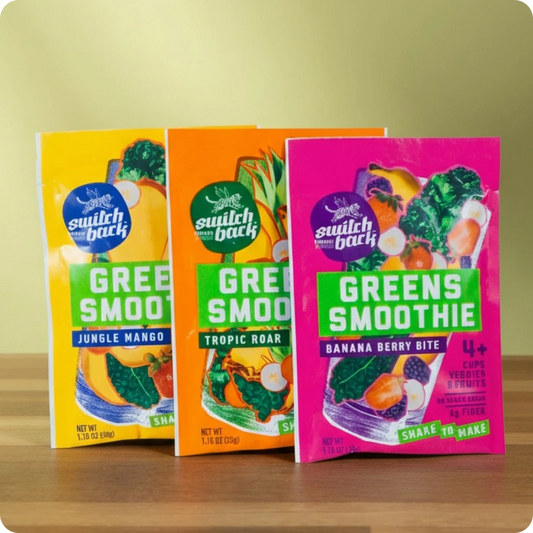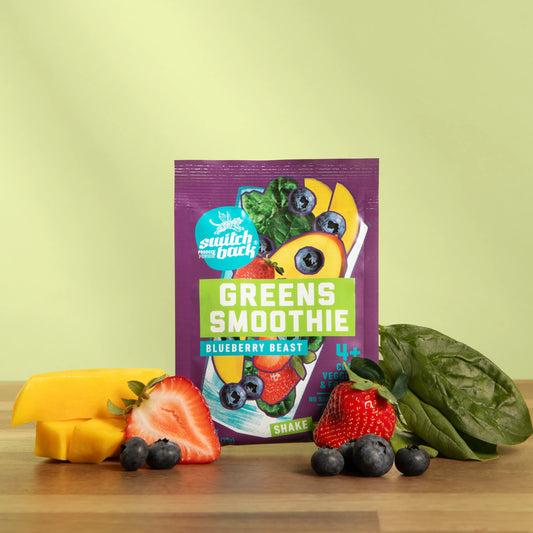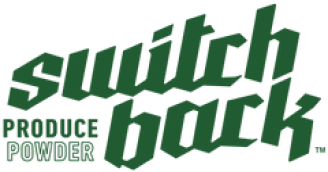
Enough With the Corn Syrup: The Farm Bill’s Dirty Little Secret (It’s Not What You Think)
Enough With the Corn Syrup: The Farm Bill’s Dirty Little Secret (It’s Not What You Think)
Let's cut the crap. You’ve heard the line, the one trotted out by talking heads (TikTok heads that is) and people who haven't actually read a thing about it: "The Farm Bill is just a massive government handout for Big Ag, keeping us all fat on cheap corn syrup and lining the pockets of a few wealthy farmers."
It's a great narrative. It’s simple, it’s infuriating, and it fits neatly into the "government is broken" box. It's also, frankly, a total load of bovine excrement. Bovine = cow... in case you didn't know...
The real Farm Bill—that mammoth, multi-year piece of federal legislation that governs everything from crop insurance to food stamps—is a classic example of what happens when a critical, multi-faceted piece of policy gets reduced to a soundbite. And that soundbite? It misses the single, colossal truth.
The Elephant in the Bill
Ready for the blunt, verifiable fact?
The Farm Bill is not, primarily, a "giant subsidy for corn syrup" or a wealth transfer to commodity farmers. It is a giant subsidy for nutrition assistance.
Go ahead, look up the Congressional Budget Office (CBO) projections for the bill's spending. What you’ll see will knock you back and have you wishing you hadn't tiktoked your way to fame railing against innocent farmers. The Nutrition title of the Farm Bill—Title IV—which primarily funds the Supplemental Nutrition Assistance Program (SNAP), formerly known as Food Stamps, consistently accounts for the vast majority of the bill’s total cost.
In the last Farm Bill, and projected for the next one, the Nutrition title is estimated to make up roughly 75-80% of all mandatory spending. Think about that. Three-quarters of the entire thing goes to making sure low-income families, seniors, people with disabilities, and struggling Americans can buy groceries.
The commodity programs—the subsidies that support corn, soybeans, wheat, cotton, and rice, the ones that generate all the outrage—are significant, yes. But they typically only account for about 7% to 10% of the bill's total mandatory spending. Crop insurance, another massive component of the farm safety net, clocks in around a similar figure.
The vast gulf between the public perception and the financial reality is staggering. We hear constant outrage over the 10% commodity programs, while the 75-80% dedicated to feeding hungry people flies under the radar.

The Actual Scam: A False Narrative
So why the disconnect? Why do we, as a society, collectively believe this bill is all about corn growers and not about feeding the poor?
-
It’s a Political Marriage: The Farm Bill is a classic political arrangement born of necessity. Urban and suburban legislators, whose constituents rely on nutrition programs like SNAP, team up with rural legislators, whose constituents need the farm safety net (commodity supports, crop insurance, conservation programs). The SNAP funding is the glue that makes the whole thing palatable and ensures enough votes for passage every five years. It's an old-school logroll, plain and simple. In essence, it's bipartisan politics at its finest.
-
The Media Narrative is Lazy: "Corporate welfare for farmers" is a sexier headline than "Funding reauthorized for anti-hunger program." The focus on farm subsidies is not entirely without merit—those programs need serious reform to stop favoring the largest operations—but that focus completely distorts the scale of the overall bill. The outrage is misdirected at the tail, not the dog.
-
The Subsidy is Still Real (Just Not the Whole Story): Look, let's not pretend the commodity subsidies aren't real or that they don't have economic effects, including making certain ingredients (like corn used for sweeteners) cheaper. But to call the entire half-trillion-dollar-plus Farm Bill a "corn syrup subsidy" is intellectually dishonest. It's a sleight of hand that ignores the anti-poverty program that eats up most of the budget.
The Takeaway
The Farm Bill is a deeply flawed, incredibly complex, and absolutely essential piece of legislation. It manages farm risk, funds agricultural research, supports conservation, and—most importantly, numerically—provides a nutritional safety net for millions of Americans.
Next time you hear the knee-jerk line about "just a subsidy for corn," remember this: the political fight might be over the 10% commodity programs, but the fiscal reality is that the Farm Bill is one of the nation's biggest anti-hunger bills. The real sham isn't the bill itself; it's the willful ignorance that allows us to believe a tiny fraction of its spending is the whole story.
Let’s focus our outrage where the money actually goes. Reform the farm supports, absolutely. But let’s stop pretending we don't know what this bill is really paying for. It’s time to call the myth what it is: a distraction.




